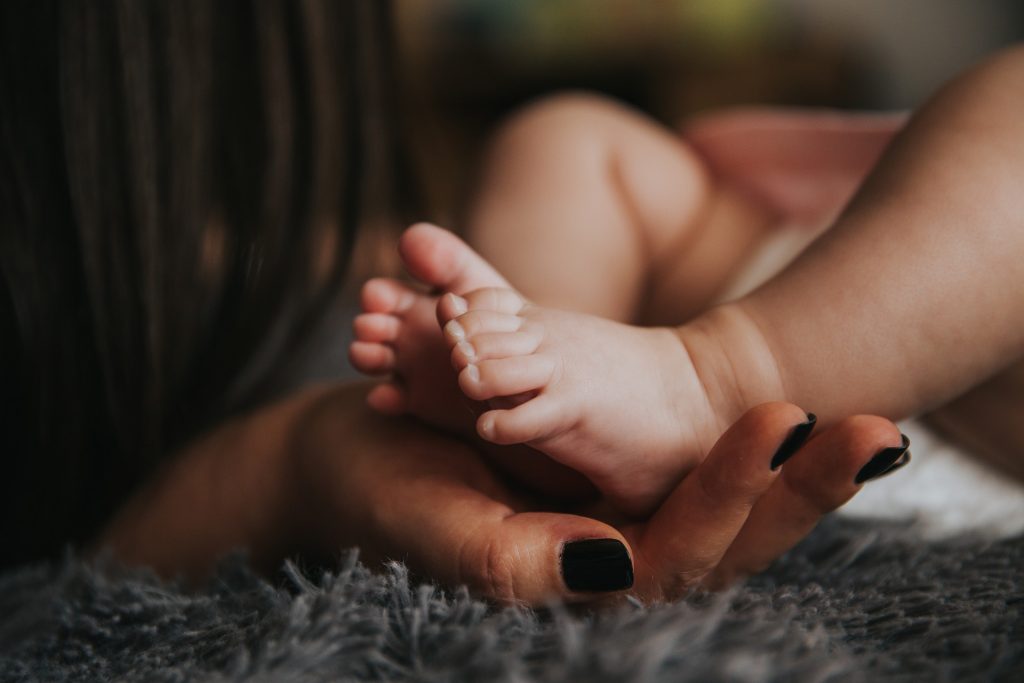by Leonie Schittenhelm

It was only about 18 months ago that the Human Fertilisation and Embryology Authority (HFEA) granted the UK’s first licence for Mitochondrial Replacement Therapy (MRT) to the Newcastle Fertility centre. But why would you need to replace mitochondria and what does that have to do with making a baby?
Mitochondria, often cheekily referred to as ‘the powerhouses of the cell’, are enormously important to transform the things we eat into the energy carrier ATP our cells use to drive basically all their activities. It is no surprise then that mitochondrial diseases, a collection of rare conditions that affect these vital cell organelles, can have far-reaching effects on the people who have them. Depending on where the dysfunctional mitochondria are located, symptoms can include epileptic seizures, muscle weakness, dementia and disease in multiple vital organs. Indeed the brain, nerves and muscles show the most severe symptoms as they use the most energy. While 0.5% of people could be classed as having a mitochondrial disease, only about 0.2% show severe symptoms, as a significant proportion of a cell’s energy suppliers has to be affected to cause disease. While these conditions can be caused by infection or adverse reactions to medication, they can also be passed down from your mother.
Here is where an interesting thing about mitochondria comes into play: you only inherit them from your mother. While fertilisation of your mother’s egg with your father’s sperm should shuffle their genes to make up a new person, this isn’t quite the same for the mitochondria present in the egg, which has its own separate DNA that the sperm cell does not contribute to at all. Here is where mitochondrial replacement therapy comes in. Mothers who are at risk of passing on debilitating and often life-threatening mitochondrial diseases to their children can now, with help of in-vitro fertilisation, transfer the nucleus of their own egg cell merged with the sperm cell of the father, containing all their combined genetic information, into an egg donated by a donor with healthy mitochondria. This not only allows these parents to have healthy biological children, but it also restricts the disease from being transferred to the next generation.
But what has happened in the 18 months since the HFEA has granted the licence to perform Mitochondrial Replacement Therapy? In February it was announced that two women affected by a mitochondrial condition called MERRF were chosen to be the first ones to receive the revolutionary therapy in the UK. While they are not the first to receive the treatment, they benefit from an integrated care pathway that includes rigorous testing of the health of both mother and child throughout pregnancy and into the first years of life, ensuring that any risks associated with the method are mediated. This could mean a huge improvement to the quality of life of the up to 150 children that have a risk of being born with mitochondrial diseases in the UK each year and hope for the carriers of mitochondrial disease that often have to think carefully if having their own children is even a possibility. And who knows, maybe we could even welcome the first British “3-person” baby before the end of this year.
If you want to read more about mitochondrial replacement therapy: Gorman, Gráinne S., Robert McFarland, Jane Stewart, Catherine Feeney, and Doug M. Turnbull. “Mitochondrial donation: from test tube to clinic.” The Lancet 392, no. 10154 (2018): 1191-1192.